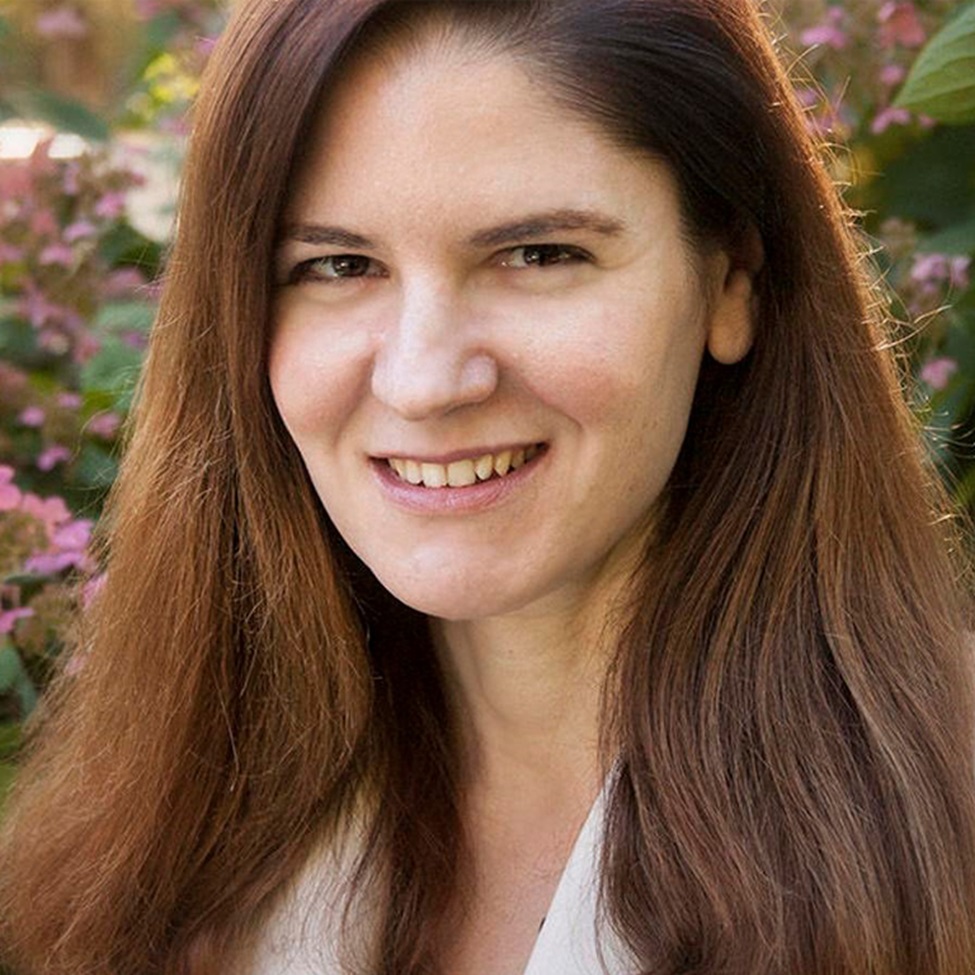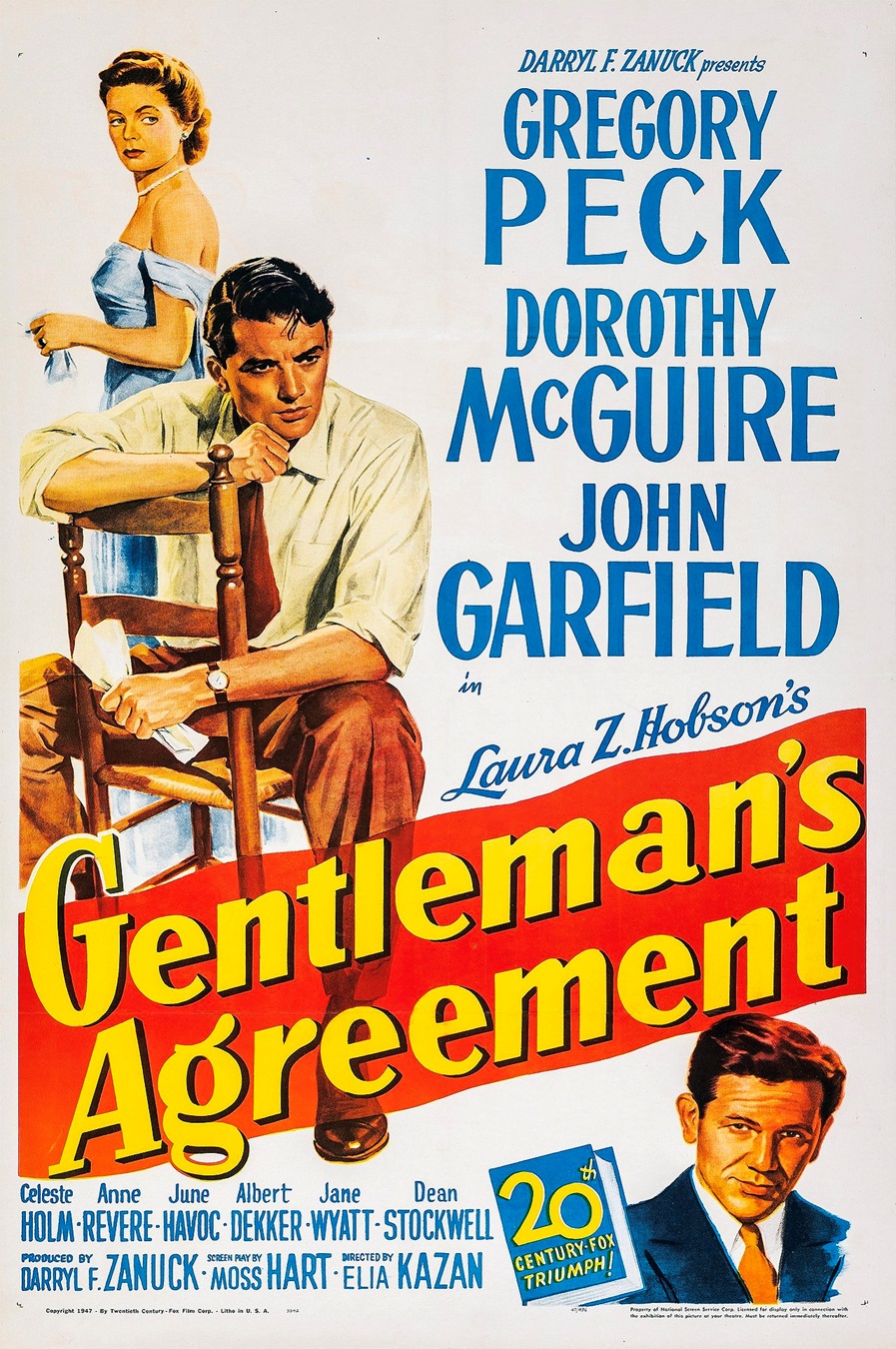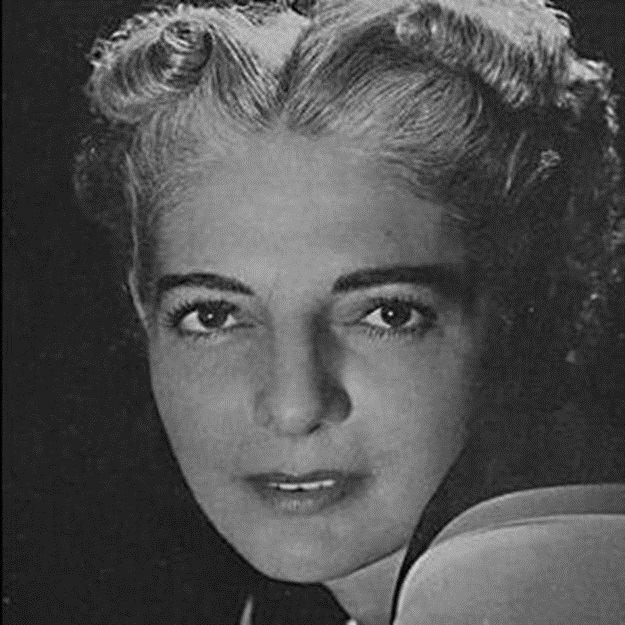
Professor Rachel Gordan, the Bud Shorstein Professor for American Jewish Culture and Society in the Shorstein Center for Jewish Studies, has been honored with a fellowship at Harvard University for academic year 2024-25. It has been a fine year for Gordan. Her award-winning book ˆPostwar Stories: How Books Made Judaism American appeared with Oxford University Press in March 2024.

During her fellowship at Harvard, Gordan will be working on her next book, How Does One Fight Such Things? The Story of Gentleman’s Agreement and the Woman Behind the Novel. The novel Gentleman’s Agreement was written by Laura Z. Hobson in 1947 as book aimed at revealing and combatting antisemitism, and in 1948 was released as a Hollywood film starting Gregory Peck as a reporter who pretends to be Jewish to cover a story on antisemitism only to discover how deep the prejudice went. Controversial in its day, the film won the Oscar for best picture as well as two other academy awards.

Gordan’s work at Harvard will combine Hobson’s own biography and experiences with antisemitism with the making of her famous anti-antisemitism novel, because. “I found in the archives,” Gordan says, “that it was Hobson’s personal experiences that fueled her powerful writing. This is the book I wanted to write when I first encountered Gentleman’s Agreement. At the time I was curious about the novel’s backstory and what became of the woman who wrote it. As a Jewish doctoral student at Harvard researching and writing about postwar American antisemitism, while grappling with my own questions around relationships and identity, it was inspiring to discover Hobson, another Jewish writer preoccupied with midcentury antisemitism whose personal struggles were no less familiar for having been experienced seventy years earlier.”

Gordan found the origins of Hobson’s novel as she made her way through the Laura Z. Hobson collection at Columbia University. As she read Hobson’s correspondence, the connections began to emerge between Hobson’s past—mainly her brushes with antisemitism and their impact on her own identity negotiations—and the story at the center of Gentleman’s Agreement: a gentile pretending to be Jewish in order to investigate antisemitism.
How Does One Fight Such Things? will investigate Hobson over the course of her life, which spanned most of the twentieth century. Born in 1900 to Russian-Jewish immigrant parents who wrote for the Yiddish press, Hobson grew up in the Queens, New York. The “melting pot” ideal of American assimilation during those early years of the twentieth century largely stayed with him Hobson into her adulthood. Graduating from Cornell College in 1921, Hobson went to work in the Madison Avenue advertising agencies during the 1920s, before finding a home for her early professional life at Time Inc., where publisher Henry Luce became a personal friend of Hobson’s, as did many other Ivy League-educated editors and writers.
Eventually, Hobson’s friend Richard Simon, of the Simon and Schuster publishing house, would encourage her to pursue her writing interests in the form of a novel, and by the time she was thinking about her second novel in the mid-1940s, antisemitism was on Hobson’s mind. Hobson’s life experiences as a working woman during the mid-twentieth century figured into her novels, as did her unique perspective on antisemitism, as a Jewish woman who had successfully assimilated into a very WASP society. For most of her adult life, Hobson lived on the fashionable Upper East Side of Manhattan, and when she married, it was to a Yale-educated, non-Jewish publisher.
More than many male Jewish writers of her time, Hobson was privy to the conversations among non-Jews about Jews. It was part of the reason that her anti-antisemitism novel was pitched so well to a broad audience. When Hobson wrote fiction, she was not just thinking about Jews, and when Americans read her novels, they did not feel they were reading a “Jewish novel.” It was a big part of her success.